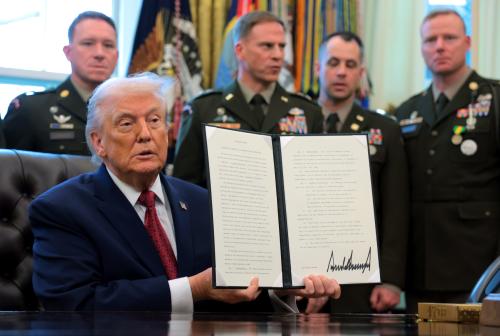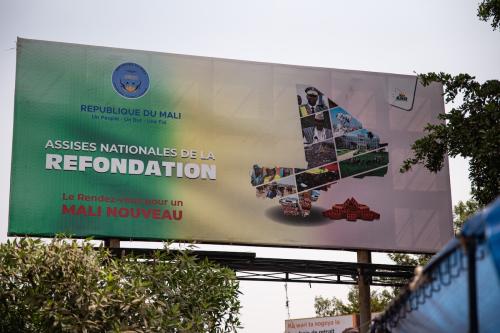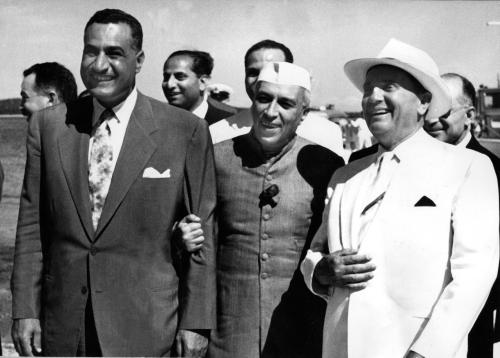What is Happening?
[UPDATE: 3:30 pm EDT] Events today indicate further escalation of the violence. Just this morning, shots were heard near the airport outside of town and less than an hour ago another alert went out claiming combatants were exchanging fire 30 miles from downtown Bangui.
Alarm bells about the Central African Republic (CAR) were ringing loud with the publication of two reports on Tuesday, October 29 by UNICEF and Amnesty International. The U.N. agency warned that it will run out of emergency supplies in the CAR in the coming weeks. UNICEF estimates that the number of people forced to flee their homes because of violence has almost doubled since September 2012 to reach 394,000 out of a population of 4.5 million. Amnesty also warned that the human rights crisis in the CAR is spiraling out of control and pointed to ongoing human rights violations and abuses by soldiers and armed groups, which may amount to war crimes and crimes against humanity. In August 2013, U.N. Secretary-General Ban Ki-moon reported to the Security Council on the situation in the CAR and expressed his deep concern about human rights violations and the deterioration in the humanitarian situation.
Atrocities are being committed daily against civilians in this former French colony, which is one of the poorest countries in the world with a per capita GDP of $800 (it ranks 179 out of 187 on the United Nations Human Development Index). The current total breakdown in law and order is the main driver of the violence, and the most vulnerable portions of the population—women and children—are facing the brunt of it.
How Did We Get Here?
On March 24, 2013, a rebel movement called the Séléka (which means “coalition” in the local Sango language) toppled the presidency of François Bozize. The Séléka leader and former civil servant Michel Djotodia proclaimed himself president while retaining the prime minister, Nicolas Tiangaye.
Thanks in part to the subregional Economic Community of Central African States (ECCAS), a roadmap for an 18-month peaceful transition to presidential and legislative elections was established. A new Government of National Unity was nominated and a National Transitional Council has since served as the legislative branch. Implementation of the roadmap is being supervised by the International Contact Group for the CAR, which includes the ECCAS, France, South Africa, the United States, the African Union, the United Nations and the European Union.
The situation became quickly uncontrollable, however, with intra-Séléka fighting, violent actions by unidentified armed groups and rising tensions between the country’s Muslims and Christians.
Sadly, the ghosts of the country’s past appear to be returning. From its independence in 1960 to now, the CAR has only experienced 10 years of civilian rule, from 1993 to 2003. Excluding the current regime, 4 of the country’s 5 presidents since independence have been removed from power through unconstitutional means.
Any Spillover?
The CAR is a relatively large but landlocked country (roughly the size of France) in a volatile region which includes six neighbors: Cameroon, Chad, the Democratic Republic of the Congo (DRC), the Republic of the Congo, South Sudan and Sudan.
Further complicating regional dynamics, Séléka troops include suspected foreign elements. According to U.S. anthropologist Louisa Lombard, President Djitoudia took advantage of his position as consul in South Sudan to form alliances with fighters from the Chad/Sudan/CAR borderlands who became the military backbone of the Séléka rebel coalition.
But with its history of political unrest, the involvement of armed forces from neighboring countries in the CAR is not new. The first major arrest by the International Criminal Court was that of Jean-Pierre Bemba Gombo, a former rebel warlord from the DRC, who is accused of crimes against humanity and war crimes committed by his troops when they moved from DRC into the CAR to support former President Ange Felix Patassé against rebel forces. The trial began in November 2010 and is currently ongoing.
The consequences of the tragedy in the CAR are being felt in the region as 60,000 of its citizens have already fled to neighboring countries. The U.N. reports that some elements of the national armed forces, the Central African Armed Forces sought refuge in neighboring countries with their weapons, including Cameroon (where former president Bozize sought refuge), the Congo and the DRC. A new armed group in the CAR allegedly includes elements from South Sudan, an accusation denied by the Juba authorities.
The CAR’s wealth in gold, diamonds, uranium and timber is also attracting the wrong crowd. Rebels from Joseph Kony’s Ugandan-born Lord’s Resistance Army (LRA) are active in the CAR and have been reportedly targeting diamond mining sites with brutal consequences for the local populations. To fight the LRA, the African Union set up a Regional Task Force which includes the Central African Armed Forces and the Ugandan People’s Defense Force (UPDF). Since the end of 2011, a small number of U.S. forces have been acting as advisors to the national militaries in the region that are pursuing the LRA. Recently, however, there have been tensions among Séléka, the Central African armed forces and the UPDF.
The current violence also threatens the CAR’s remarkable biological diversity and may even fuel global terrorism. Conservationist Andrea Turkalo reports that armed rebel groups are increasingly involved in the ivory trade in the CAR. These illicit sources of funding have the potential to fuel further violence not only in the CAR but also elsewhere. It is reported that the Somali group al-Shabab receives up to half its operating funds from ivory sales. The CAR’s forests are also at risk from illegal logging. About 36 percent of the country is covered by the Congo Basin rainforest, and it is estimated that timber provides the largest source of jobs in the country after the public sector.
What is Being Done to Solve the Problem?
All hopes are now on the international community. In July 2013 the AU Peace and Security Council authorized the deployment of the African-led International Support Mission in the CAR for an initial period of six months, at an overall strength of 3,652 personnel including 2,475 military personnel and 1,025 police. Most of these forces are composed of contingents currently serving in the existing ECCAS peacekeeping units in the CAR.
In addition, the United Nations office in the CAR, headed by General Babacar Gaye of Senegal, will be reinforced. It operates under a mandate from the U.N. Security Council to help consolidate peace, foster national reconciliation and strengthen democratic institutions, as well as promote and protect human rights.
France has a small force in the capital Bangui securing the airport but French Foreign Minister Laurent Fabius, who visited the CAR on October 13, announced that his country will send additional troops. He also suggested that elections could take place in early 2015 and would not include current members of the transitional regime. At the same time, President Hollande, while visiting South Africa announced France’s readiness to support and train African troops, but not to replace them. The French press mentioned that President Hollande’s visit helped clarify issues with the South African authorities who were wary of France’s successive interventions in Mali, Cote d’Ivoire and Libya. Further demonstrating its interest to pursuing regional security, France will organize a summit in December in Paris on peace and security in Africa.
As developments in Syria show, “red lines” are hard to define and even when they are crossed, it is difficult for the international community to agree on its response. But in the case of the CAR, it is clear that the number one issue today is the protection of the population. This was stressed recently by John Ging, director of operations for the U.N. Office for the Coordination of Human Affairs, and by Adama Dieng, U.N. special adviser to the secretary-general on the prevention of genocide. The latter echoed the arguments behind the Responsibility to Protect when mentioned last Sunday at a conference I attended in Rabat, stating, “If as a state you fail to protect your own population, you lose your legitimacy. If as a state you fail to protect your population, it is the duty of other states to come and rescue them. The international community has to stand up and protect the population in the CAR.”
So what is the international community waiting for?
The Brookings Institution is committed to quality, independence, and impact.
We are supported by a diverse array of funders. In line with our values and policies, each Brookings publication represents the sole views of its author(s).




Commentary
No Red Lines in Central African Republic: It’s Time to Act
November 1, 2013